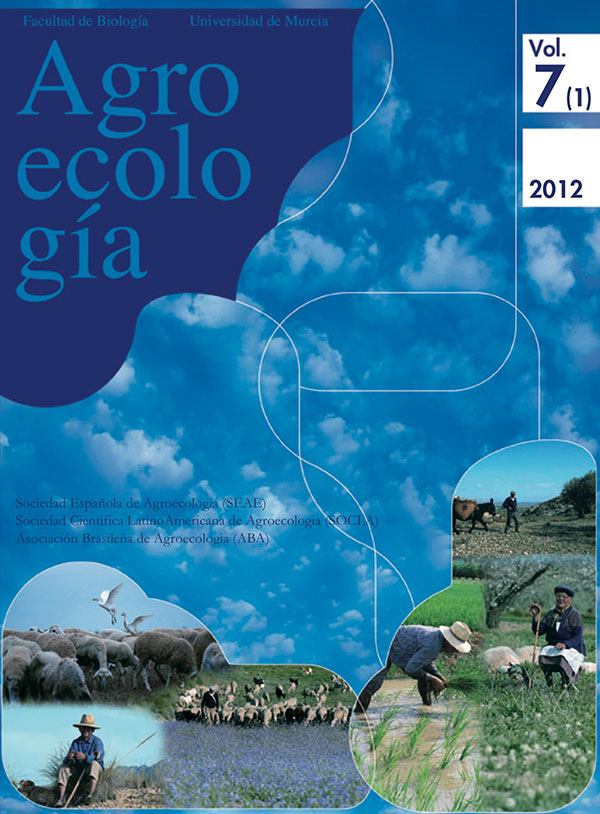Emergent community properties as a basis for the management of crop root health in agroecosystems
Abstract
Soil suppressiveness could be considered as the central concept emerging from community level in regard to soil-borne diseases in agroecosystems. In this paper the nature of soil suppressiveness is described as well as some research conducted in Mexico characterizing suppressive soils and the induction of such property in conducive soils.The induction of soil suppressiveness to Phytophthora cinnamomi in avocado groves that yielded the so called Colegio de Postgraduados integrated management system is also described. The emergence of soil suppressiveness to corn root diseases under tropical conditions through the rotation with the tropical legume Mucuna deeringiana is also described and an account is made of the establishment of ascendant complexity of antagonistic (to plant pathogens) microorganisms isolated from suppressive soils to protect tomato plantlets to some root pathogens. Finally, some perspectives are set forward for future research on the subject in Mexico.Downloads
Las obras que se publican en esta revista están sujetas a los siguientes términos:
1. El Servicio de Publicaciones de la Universidad de Murcia (la editorial) conserva los derechos patrimoniales (copyright) de las obras publicadas, y favorece y permite la reutilización de las mismas bajo la licencia de uso indicada en el punto 2.
2. Las obras se publican en la edición electrónica de la revista bajo una licencia Creative Commons Reconocimiento-NoComercial-SinObraDerivada 3.0 España (texto legal). Se pueden copiar, usar, difundir, transmitir y exponer públicamente, siempre que: i) se cite la autoría y la fuente original de su publicación (revista, editorial y URL de la obra); ii) no se usen para fines comerciales; iii) se mencione la existencia y especificaciones de esta licencia de uso.
3. Condiciones de auto-archivo. Se permite y se anima a los autores a difundir electrónicamente las versiones pre-print (versión antes de ser evaluada) y/o post-print (versión evaluada y aceptada para su publicación) de sus obras antes de su publicación, ya que favorece su circulación y difusión más temprana y con ello un posible aumento en su citación y alcance entre la comunidad académica. Color RoMEO: verde.





